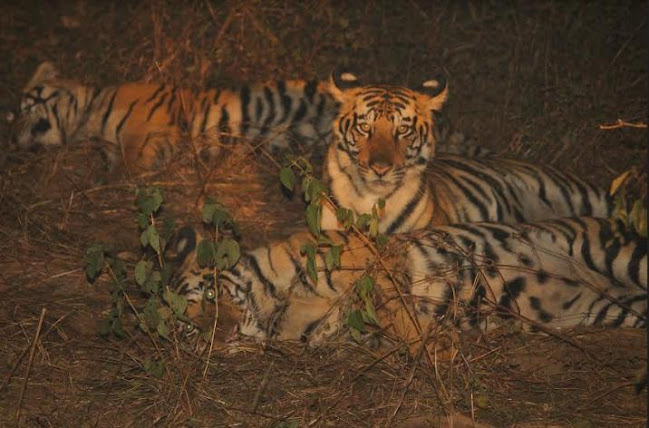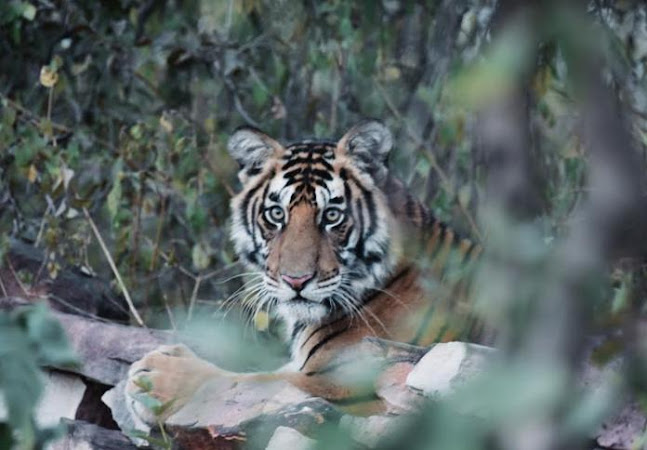Multiple cheetah deaths in Kuno raise questions about habitat limits, prey scarcity, and management. A data-driven look at the challenges facing India’s cheetah project T wo back-to-back cheetah deaths—one from a suspected collision inside the forest and another caused by a speeding vehicle—have once again pushed the spotlight onto the ambitious yet troubled cheetah introduction project in Kuno National Park . While officials have issued preliminary statements, the absence of publicly released post-mortem and investigation reports related to the past such cases has deepened concerns about transparency at a time when clarity is essential. The recent incidents highlight the ecological and management challenges that continue to shape the project’s uncertain trajectory. Each Loss Is Significant Setback On December 5, Friday, one of Veera’s cubs recently released into the open forest, died after reportedly separating from its mother. Just two days later, on December 7, another young cheetah...
This is a beautiful story of four tiger siblings- fortunate for two reasons. First, after the tragic death of their mother seven months ago, they were not caged but given a chance to learn and survive in the wild. Second, they not only survived but learnt all the skills required to be alive in the jungle where the law of nature prevails. They have lived to tell a different tiger tale.
Life after Mother’s Death
In the last seven months, the tiger reserve team monitored the cubs and the radio colared -tiger -P243- their father closely. At one stage this tiger appeared to be the immediate threat to cubs. But gradually it was realized that, in an unprecedented move, the father had started rearing the cubs. P243 remained in the cubs’territory helping them in survival. Due to the presence of the tiger, the cubs were protected from other co-predators, especially other male tigers. “Initially there seemed to be daily interaction between P243 and cubs, which later becameless frequent, but even then, no instances of P243 presenting any threat to cubs were observed. Interestingly, P243 did not share kill with cubs. “It was neither observed nor recorded”, park sources said. It mainly became the responsibility ofthe park management to ensure that the fur siblings get timely kills. “ Though these cubs initiated hunting attempts as soon as they turned 10 months old,complete skills were still a far cry”, the park director said.
Job done, Father Moves on
Also read: Love Life of 'Papa' Tiger: A Threat to Cubs?
Seven months after their mother’s death, all four have survived the toughest period of their life. They are now nearly 15 month oldand fall in the category of ‘sub-adult’. All four are healthy and grown in sizenow. Though, not all may be of the same size, their average weight may be around 120 kgseach. They have been code named as P213-32(21), P213-32 (22), (23) and (24).P213-32(24) is the female. They have fine -tuned their hunting skill and they are nowable to kill small prey like a small sized Chital, wild Pig or calf of Sambhar or Nilgai and also small sized cattle. Park authorities did provide necessaryassistance for food whenever a need was felt. But to survive in the wild requiresquick learning on their part. And they have done so very fast. One thing which requires special mention is that once they start hunting, excitement of hunting overtakes them and they don’t like any assistance for food.
United they stand but for how long?
Also read: Photo Ops Over, Tigers Leave the Fans
Now, they have reacheda stage when they can hunt with ease and elegance. As they remained in the wildwithout their mother, perhaps, they are more skilled in surviving the wild. “But finally, it is wild nature and it has its own rules and if we surrender to nature's intelligence, we could rise up rooted, like trees”, says the park director.“The fundamental rule of nature is ‘Survival of Fittest’. As managers, we cannot ensure the survival of all the tigers, all the time. It’s not possible andit cannot be this way. Only fit and strong will survive”, he said. The fourcubs, now sub-adults, will have to chart their own way. Nature is rude andtigers know this better than us.
Images courtsey : Panna tiger reserve





Comments
Post a Comment